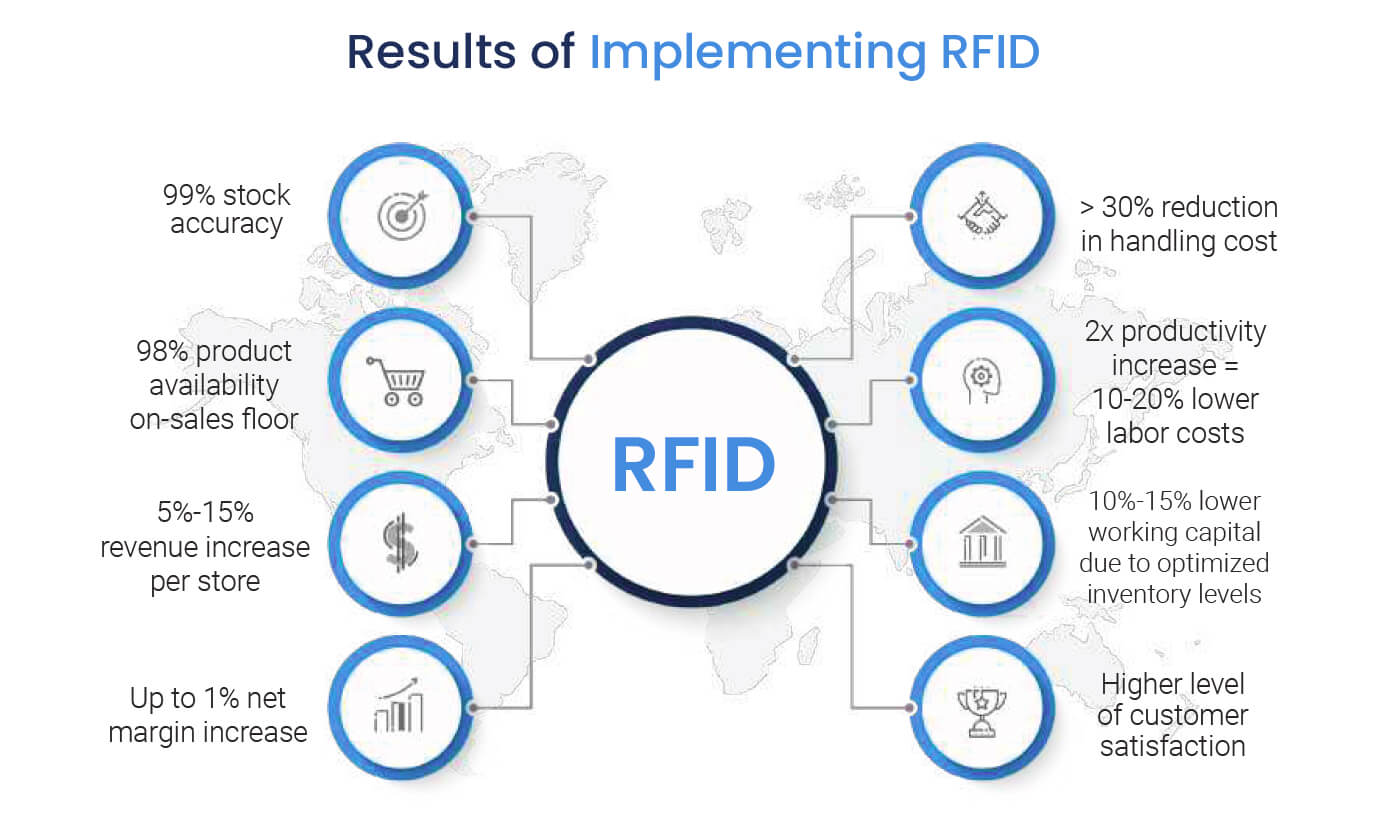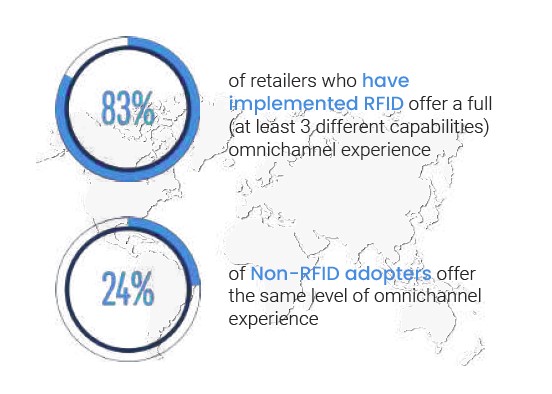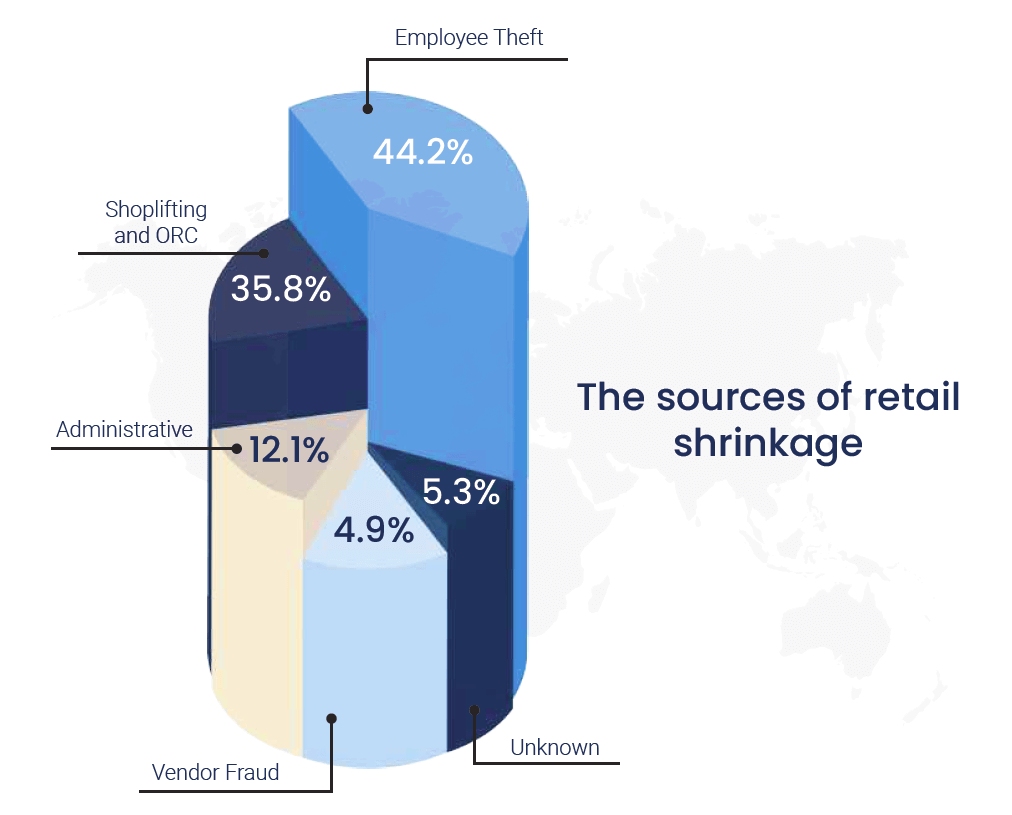Beauty retail is an industry at a crossroads. A sector resilient to crisis and change compared to other retail categories, cosmetic brands are beginning to feel the effects of the pandemic and ongoing industry changes.
In recent years, apparel and sports retailers have undergone digital transformations to stay competitive, and now beauty brands have an opportunity to follow suit. Read this eBook to discover how and why beauty retailing is set to transform into the industry of the future.
Beauty retail: An industry at a Crossroads
The apparel and sports retail industry have undergone mass change over recent years. Such retailers have undertaken digital transformation journeys in their store and distribution networks to adapt to digital-first customers and eCommerce competition. The beauty sector, however, is still behind the curve.
In most major beauty-industry markets, in-store shopping accounted for up to 85 per cent of beauty product purchases before the COVID-19 crisis – (McKinsey&Co) making the level of eCommerce penetration lower than in other retail sectors. While retailers in other categories have been forced to innovate and adapt in the face of falling brick-and-mortar sales, competition from eCommerce and direct-to-consumer models, brick-and-mortar beauty sales were more resilient.
But this is changing. Not only are eCommerce levels steadily increasing year-on-year, but the COVID-19 pandemic has accelerated this drastically, driving five years of change in a single year, according to
IBM. This leaves brick-and-mortar beauty retailers on unsteady ground. Beyond this, brands will have to navigate a more digital-centric environment and optimise margins to cope with reduced sales.
The good news is many of the challenges that are now facing beauty have been facing apparel or CPG for years. The digital solutions and strategies that have allowed apparel to adapt are well established and ready to deploy to the sector. The digital transformations that many apparel and sports retailers were forced to undergo will not only fit beauty retailers but will also help them solve older challenges. Beauty retailers may need to go on a similar journey to apparel, but the tracks are there to follow.
What is in the eBook?
- Beauty retailing at a crossroads
- Bringing beauty operations up-to-speed
- Accuracy redefining margins
- Fixing beauty’s shrinkage problem
- Catching up with the omnichannel trend
- Countering the Gray Market
- Becoming digital and analytics leaders

Discover how retail RFID is changing the industry for good. This eBook will guide you through the top 10 needs identified by retailers to ensure sustainable success in the modern environment. Explore the common challenges preventing retailers from achieving their goals and learn how applying smart RFID-based solutions delivers consistently good results.
What is in the eBook?
The retail industry is currently ruled by change. The digital age has seen a huge growth in competition from e-commerce and a rapid shift in consumer preferences. This shift has altered the industry greatly with modern ‘omnichannel’ customers demanding to shop where they want, how they want and when they want. Delivering such an experience is a challenge, one that requires brick-and-mortar retailers to change.
In this eBook, we analyse the top 10 needs identified by retailers to ensure sustainable success in the modern environment. Within each of these needs, we identify the challenges often preventing retailers from achieving them, and how applying smart RFID-based solutions can deliver consistently good results.
Improving key metrics in stores
- How retailers use RFID for quick and efficient stocktakes and cycle counts
- Improving stock accuracy in stores
- How smart solutions are being put to use for item-level replenishment, ensuring products and sizes are always available to be sold.

Delivering to customers with retail RFID
- How stores can reduce common customer friction points
- The relationship between RFID and effective omnichannel services
- The advanced retail RFID solutions that improve the in-store customer experience like chatbots and smart fitting rooms.

Optimising supply chains from source to store with automated processes
- How to achieve supply chain visibility with real-time info on the movement of products inside and across individual stores and distribution stages.
- How RFID is used to aid logistics at distribution centres, including automated processes like exception handling and order picking.
- What RFID means for retailers’ data and analytics capabilities, such as advanced supply chain traceability and new KPIs for stores and DC’s.

Protecting brands and products from theft, counterfeits and the grey market.
- How RFID can be used to monitor and reduce shrinkage, including theft, both in stores and across the entire supply chain.
- How brands are combatting counterfeit goods by tagging and tracing their products with RFID.
- What the Grey Market means for retail and how several major brands use RFID traceability to locate and stop the source of grey market products.

Why should fashion retailers deal with IoT? What problems could be solved in the stores? What results can be expected? As a retail decision maker you need to deal with IoT if increased article availability, exact inventories, interaction with customers and operational excellence in your stores are set as objectives. This practice-oriented guide sheds light on the triangle of “customer”, “processes in the store” and “deployment of new technologies” and shows how the use of IoT benefits retailers and ultimately the customer. The whitepaper reveals the formula for the perfect customer relationship, based on the right technologies and processes and shows how retailers can apply them to their business.
The implementation of an omni-channel strategy is a major undertaking. Regardless of whether your company is just at the starting point, in the middle of the project implementation, or already in a more advanced stage, if the foundation for omni-channel retailing is not well laid, the project is doomed to fail. This whitepaper provides 5-basics-checks for the fundamentals of efficient omni-channel retailing. It helps to build a solid foundation for a successful implementation of omni-channel retailing – regardless of the stage your company has already reached in the realisation of its omni-channel strategy. It is aimed to reach practitioners responsible for the omni-channel initiative and therefore those with clear expectations on the cost-benefit aspects of any omni-channel investment. It provides C-levels, Omni-channel-, eCommerce- and Marketing Executives with reflective and feasible recommendations for actions to take for more efficient omni-channel retailing. The Whitepaper focuses on the following omni-channel-services, expected by consumers: availability checks, click & collect, ship-from-store, return-to-store and instore-ordering.
